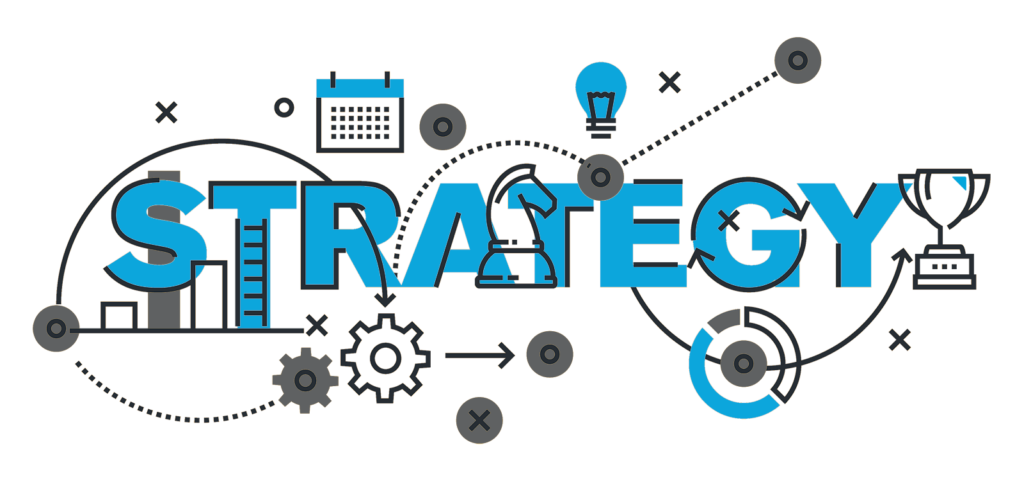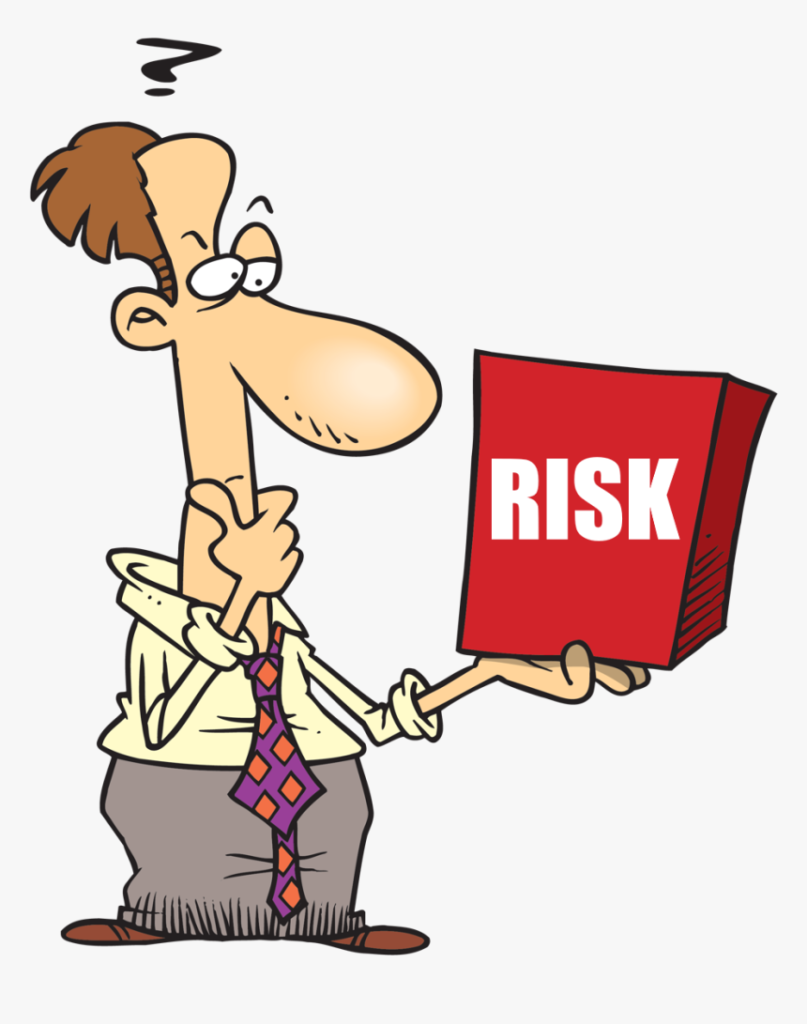There are various steps to a successful trading career whether in Forex or Contracts for Difference (CFD).
First, is education! An education is key and an understanding of the fundamentals of markets and the technical analysis approach are key for any beginner trader and we have many education articles to help you here.
Once you have educated yourself in the various approaches to predicting markets and trading, it is next critical to develop a trading plan and strategy. This is a key element that must be put in place before any credible attempt at successfully trading or investing in the global financial markets can begin.
A trading strategy should be developed that is both fit for purpose, in that is generates profits over time, but also that reflects the aims and personality of the individual trader. Once a successful strategy has been developed, it also needs to be back tested.
When building a strategy, there are certain parameters that have to be decided upon, which form the core of a plan or approach; these are the trading time horizon, the trade direction, the entry requirements, the stop loss placement, the target levels and finally and importantly, risk management.

Time frame
The time frame over which you hold your trade or investment is a key factor to your trading approach. Whether you are trading Forex or CFDs, the timeframe over which you hold a trade is key to the next set of decision that you will make, regarding you trade set up.
The time frame you trade over will likely be dictated by the amount of time you are able to give to analysing markets, and also dependent on your personality and analysis approach. An intraday trader needs to be able to monitor the markets closely and spend all day watching market developments. However, a swing or position trader, who holds trades for days or weeks, maybe able to just do analysis at times that suit them. An investor, who holds positions in markets for weeks or months, needs less time to maybe monitor markets, but may need much longer to do their analysis. And it is not just the time that the individua has available. Differing trading time frames need different skills sets and psychological strengths.
Directional view
Directional view is a key decision in any trading plan. Do you buy or sell, go long or go short? This would be defined by your trading set up and time frame, which in turn will be defined by which fundamental or technical approaches you may be using. You should go through a trial and error approach with rigorous back testing, preferably on a demo account, to ensure you have the ability to predict market direction and profit from it. You can decide on which broker to open a demo account with here.
Entry level
Once you have decided to buy or to sell, the next key question is where to enter the trade, at which price? Again, this decision comes through education, and then back testing. There are many differing technical analysis approaches that can help you decide on your entry point with effectively an infinite number of different options available. The correct choice of entry point is key to longer-term trading success.
Stop losses
The stop loss is the price level where you decide that your view on the markets has changed and that you no longer want to hold the current position. The stop-loss is a money management tool; however, the stop loss should NOT be placed at a level to just avoid monetary losses. It should be placed at a level where your view on the trade has shifted. Knowing where to place a stop loss is again learned through trading proficiency and back testing, but clear risk management is essential (see below).
Furthermore, by placing a stop loss, a trader then assures discipline in the trading strategy, to try to make the trading decisions as emotionless as possible.
Take profit level
A target level or take profit point for a trade is also key to trading success and any robust strategy. Technical analysis tools can be employed to attain an optimised result for setting targets and taking profits. The target level and the stop loss point combined allow the trader to calculate an important risk management statistic, the Reward to Risk Ratio, which we will look at below.

Risk management
In all trading and investing, the funds available and the individual risk profile of the trader or investor should be decided upon before any decisions and trades are made. Remember, Forex and CFD trading is leveraged which brings greater potential profits and losses!
Overall risk across all open trading positions should be calculated beforehand, with a recommended level of only 1% of total assets under management at risk at any one time. Furthermore, when calculating the Reward to Risk Ratio, it is minimally expected to aim for a 1:1 ratio, with a ratio of above 2:1 preferable. Again, this is up to the individual trader and their appetite for risk.
Building a trading strategy
Having a strategy is critical to succeeding at trading, and it should reflect the goals, abilities and psychology of any individual. Personality is significant when choosing any approach to trading markets. There are effectively an infinite number of approaches to building a trade strategy, but the key features as outlined above should be included. What is critical for you, the individual trader, is to build an approach that reflects your distinctive aims and goals.